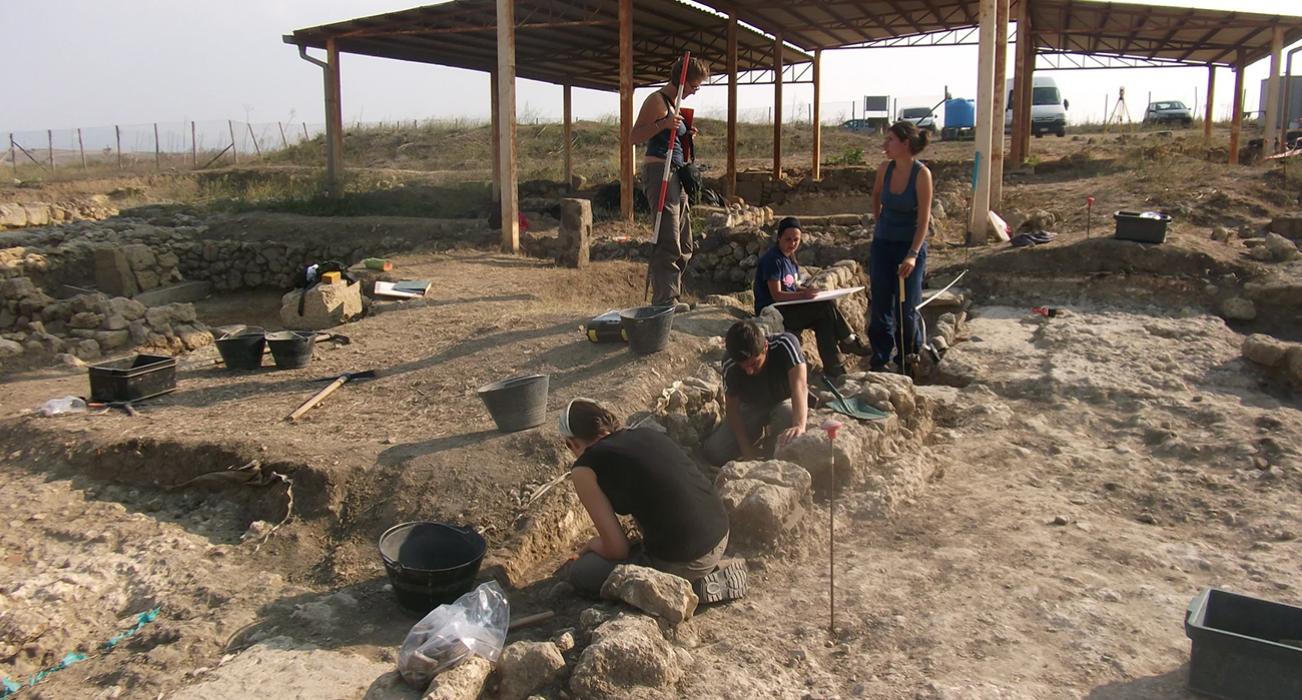Unveiling the Past: Bioarchaeology and Six Unique Individuals in Tarquinia
A significant discovery in the Etruscan city of Tarquinia has been made by a team of researchers from the University of Milan and Magdalene. The team, led by Magdalene Archaeologists Professor Giovanna Bagnasco (2022) and Fellow Professor Simon Stoddart (1977), alongside PhD students Gian Battista Marras (2021) and Ann Frijda Schmidt (2021), excavated a sacred site in Tarquinia. Here, they found 20 inhumed individuals, contrasting the typical cremations of the time.
The team used a series of interdisciplinary techniques, including osteoarcheology, isotope analysis, radiocarbon dating, ancient DNA, and geoarchaeology. The results confirmed that some individuals were visibly different, with one identified as peri-Baltic, based on isotopic values and osteological analysis.
The Magdalene Archaeologists, in collaboration with other international researchers, suggest that these individuals were selected by the community for rituals at the ancestral core of the site. The team plans to further investigate the relationship of these individuals to the rest of the burials found at the site and the rest of the cremated community.
This groundbreaking research was supported by Magdalene College, Cambridge, the McDonald Institute for Archaeological Research, and the Marie Skłodowska-Curie Actions–European Commission. The team will continue their work in Tarquinia, with an Open Day planned for 21-22 September 2024.
This discovery offers a fascinating glimpse into the past, highlighting the value of bioarchaeological studies in understanding cultural practices and human diversity in ancient societies.
Read more about their discoveries on the University of Cambridge Department of Archaeology page, Bioarchaeology aids the cultural understanding of 'Six Characters in Search of their Agency' and the Sicence @ Tarquinia project webpage.
